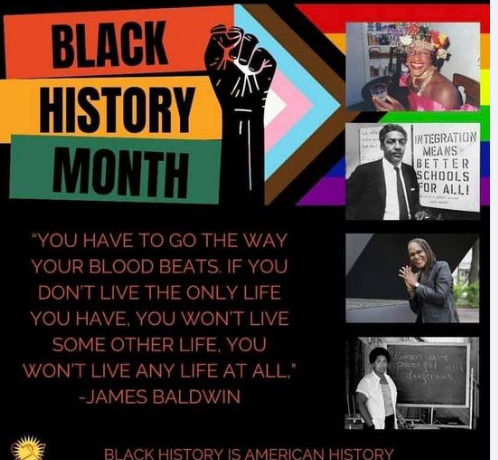Photo

Any more doubts about so called “freedom convoy”? They are as much for freedom as Democratic People's Republic of Korea is about democracy
#fight nazis#fight facism#anti facist#antifa#freedom#activism#medical freedom#freedom convoy#flu trux klan#freedom convoy 2022
5 notes
·
View notes
Photo
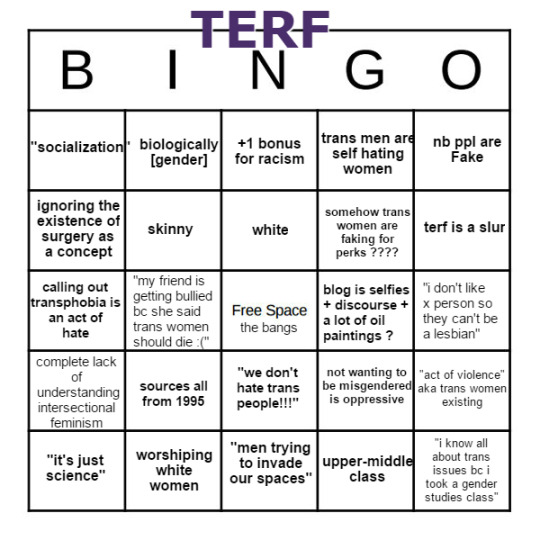
#terf#terfs please interact#terf is a slur#anti terf#jk rowling#jk rowling is a terf#feminism#radical feminism#rad fem#gender critical#trans#trans pride#trans activism#transgender#non binary#queer#lgbtq
54 notes
·
View notes
Photo

5 notes
·
View notes
Photo
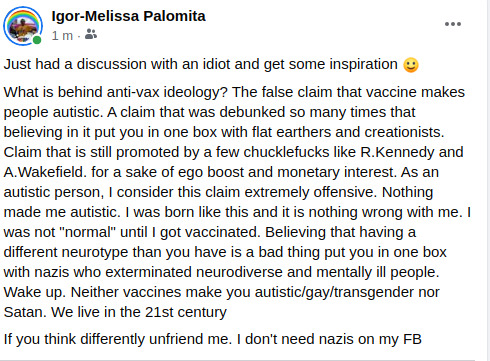
#autism#autism activism#autism pride#actually autistic#autistic#autistic adult#openly autistic#autistic perspective#anti anti vax#anti vax parents#anti vax#anti vax memes#vaccine
14 notes
·
View notes
Photo

3 notes
·
View notes
Photo

I was born in totalitarian country and even if i was too young to remember how it was i heard enough stories from my family to know how lack of freedom looks like.Nothing pisses me off more than some neo-nazis yelping about "lack of freedom" without realizing what lack of freedom really is.
2 notes
·
View notes
Photo

5 notes
·
View notes
Text
When your neurodivergency can’t be separated from your gender identity and expression
Neuroqueer
Neuroqueer was coined by Athena Lynn Michaels-Dillon, Remi Yergeau, and Nick Walker and is, as can be seen by the word, a combination of the words neuro (relating to neurodivergency and neuronormativity) and queer (relating to both gender identity and the queer theory where you defy, disrupt and/or liberate yourself from the norm).
You can both be neuroqueer and do neuroqueering. If you are neuroqueer your gender identity and expression are intricately intertwined with your neurodivergency (or “how you see the world”) and the two can’t be understood separately from each other.
So the way you understand your autism or ADHD for example can both influence and be dependent on the way you experience your gender. And vice versa.
When the word is used as a verb, to neuroqueer, it can mean to question, “disrupting and/or liberating oneself from neuronormativity and heteronormativity simultaneously.”
Or to queer (i.e “queerify”) “one’s performance of gender, sexuality, ethnicity, and/or other aspects of one’s identity.”
NeuroQueer can be a very enlightening label and help you understand yourself more and how your neurodivergency and gender identity interact and affect each other.
All quotes come from “NeuroQueer - an introduction” by Nick Walker.
https://www.thequeerunicorn.net/neuroqueer-when-your-neurodivergency-cant-be-separated-from-your-gender-identity-and-expression
9 notes
·
View notes
Photo

8 notes
·
View notes
Text
We need to shift from medical model of disability that put "blame" on us to social model of disability that is more all inclusive.Many challenges like depression,anxiety and high su...de rate are result of minority stress,not autism itself.As long as we are held to NT standards we cannot be fully ourselves.We repress who we are,we mask and those sort of behaviours made our autistic experience more difficult than need to be.Term "disorder" in context of autism reinforces reinforces medical model of disability and with it oppressive neurotypical structures that don”t support us
#autism#autistic#openly autistic#activism#autism awareness#autism activism#autism acceptance#autistic adult#nd#neurodivergent
2 notes
·
View notes
Photo
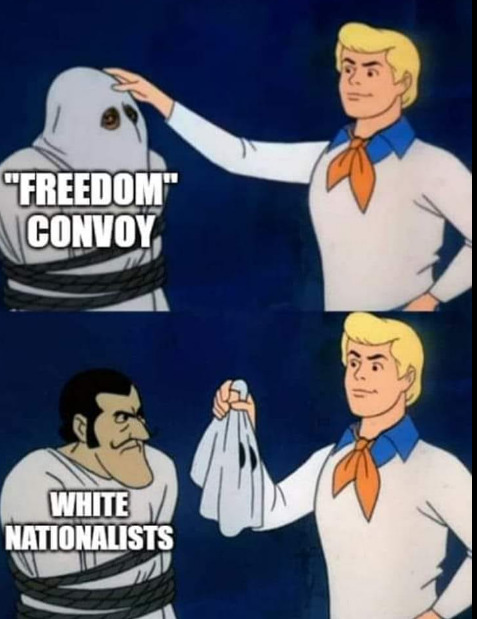
Show me one conspiracy theory guru who is not racist,homophobic,transphobic,antisemitic and albeistic and i will listen to him.Deal?
9 notes
·
View notes
Photo

#christianity#christian#jesu#jesus christ#republicans#trump#make america great again#proud boys#jesuslovesyou#jesus#activism#lgbt#lgbtq#lgbtq community
1 note
·
View note
Link
#queer#queer representation#representation#representation matter#lgbtq#lgbtq representation#non binary#non binary representation
0 notes
Photo

Aromantic: What it is and why we need to see more of it in stories and books
You might have heard about the term aromantic. It’s, as the word says, someone or something that lacks romanticism.
For individuals that means they don’t feel any romantic attraction towards others. That doesn’t mean they can’t feel love or care for others, but it doesn’t take the form of romantic love or being in love.
Contrary to popular belief, we are still able to have relationships with someone else, living together and spending life together with someone. But the feeling between the aromantic person and the other is not one of romantic love, but something else.
In today’s society, it can be difficult to explain those feelings, and most often it’s considered being platonic (by those who are not aromantic), but love can take many shapes and platonic love is not the opposite of romantic. Instead, we propose that love is a three-dimensional spectrum and our language today lacks many of the points on that map.
We, Igor-Melissa and Therese-Åsa Karl Lynx have an aromantic relationship between most of our genders. It takes the form of a deep love for each other, but we’ve never fallen in love, not even from the beginning. For us, it’s been more of a feeling that “we want to be with each other”.
Other aromantic individuals put their love and care in the people around them, doing volunteer work or working with elders or children. There’s no one way of being aromantic, in the same way as there is no one way of being alloromantic or heterosexual. Aromantic people can still have sexual feelings, wanting to have sex with someone and enjoy it. Just as an alloromantic person can be asexual. The only thing that ties aromantic individuals together is the lack of romantic attraction towards someone else, and even that can take different forms.
We’ve written what happens when you lack representation and don’t see yourself in stories and also why seeing yourself in stories is important. And the same goes for aromantic individuals and representation.
We are bombarded with what love should look like, not only from a heterosexual point of view but from a love point of view. What should we feel, what those feelings should do to us and how we should act and react to those. Romantic comedies and love in books are all around us, in normative as well as in LGBT stories, and it can be difficult to separate yourself from them, thinking instead that you are wrong and that there is something wrong with what and how you feel.
Many aromantic folx don’t find a word for what they are until they are older because of the lack of representation and lack of aromantic characters in both normative and LGBT stories. During that time, they might have forced themselves into a romantic relationship, thinking that’s how it should be or avoided it all together not understanding why they can’t find what others have.
And that is upsetting, not only because you don’t get to live the life that is yours, but also because you are excluded from the stories you have around us. Excluded from the world that is around you.
Our queer books center around aromantic relationships and most of the main characters are aromantic. And it was through the stories and the characters that we started to understand what we felt. It was through telling the stories that we understood there was a name for what we are, aromantic. And it’s our wish that other aromantics can find a home in those books as well, seeing themselves represented in the stories and understanding their experience a bit more.
https://www.thequeerunicorn.net/aromantic-representation-in-stories-and-why-it-matters
#aro#aromantic#aro pride#aromantic pride#aro representation#aromantic representation#aromantic couple#aromantic relation
1 note
·
View note
Photo
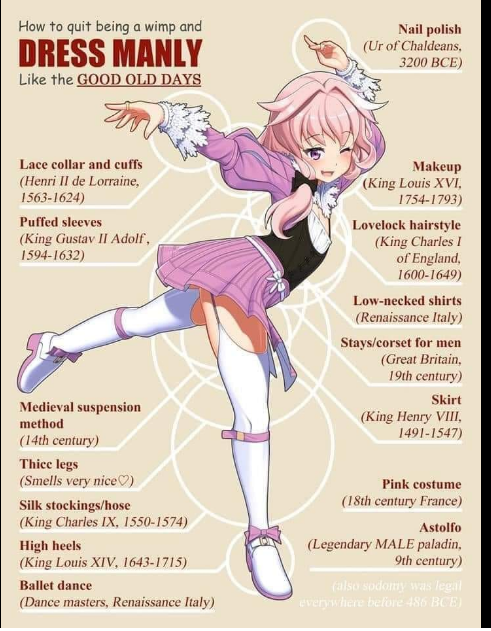
#lgbtqia#queer#non binary#nonbinary#enby#genderfluid#bigender#gender non conforming#fuck the cistem#gender neutral clothing
22 notes
·
View notes
Photo
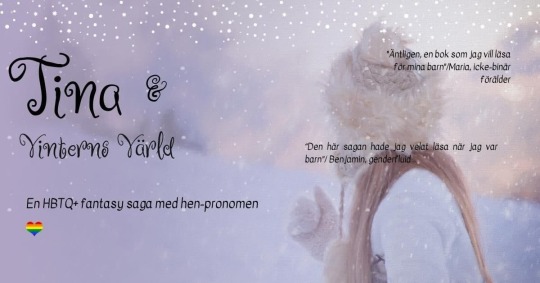
HBTQ+ Fantasy-saga
En hbtq+ fantasy saga för hela familjen.
“Äntligen, en bok som jag vill läsa för mina barn!”/ Maria, icke-binär förälder
“Den här sagan hade jag velat läsa när jag var barn”/ Benjamin, genderfluid
En tråkig sommareftermiddag förvandlas plötsligt när Tina råkar falla ner i Vinterns värld, en plats där den elaka Isdrottningen härskar. Där möter hon Ratatosk, en ekorre som inte slutar prata, och Lynx, en kattvarelse som kanske är mer omtänksam än hen vill visa. När Tina inser att de tror att hon kommer att störta Isdrottningen måste hon hitta de magiska krafter som de påstår att hon har. Men är nyckeln till dem verkligen vad de tror, och vad är det för känslor som Tina börjar få för Lynx?
https://www.amazon.com/Tina-och-Vinterns-v%C3%A4rld-v%C3%A4rmande-ebook/dp/B09QV7DFXN/ref=sr_1_1
0 notes
